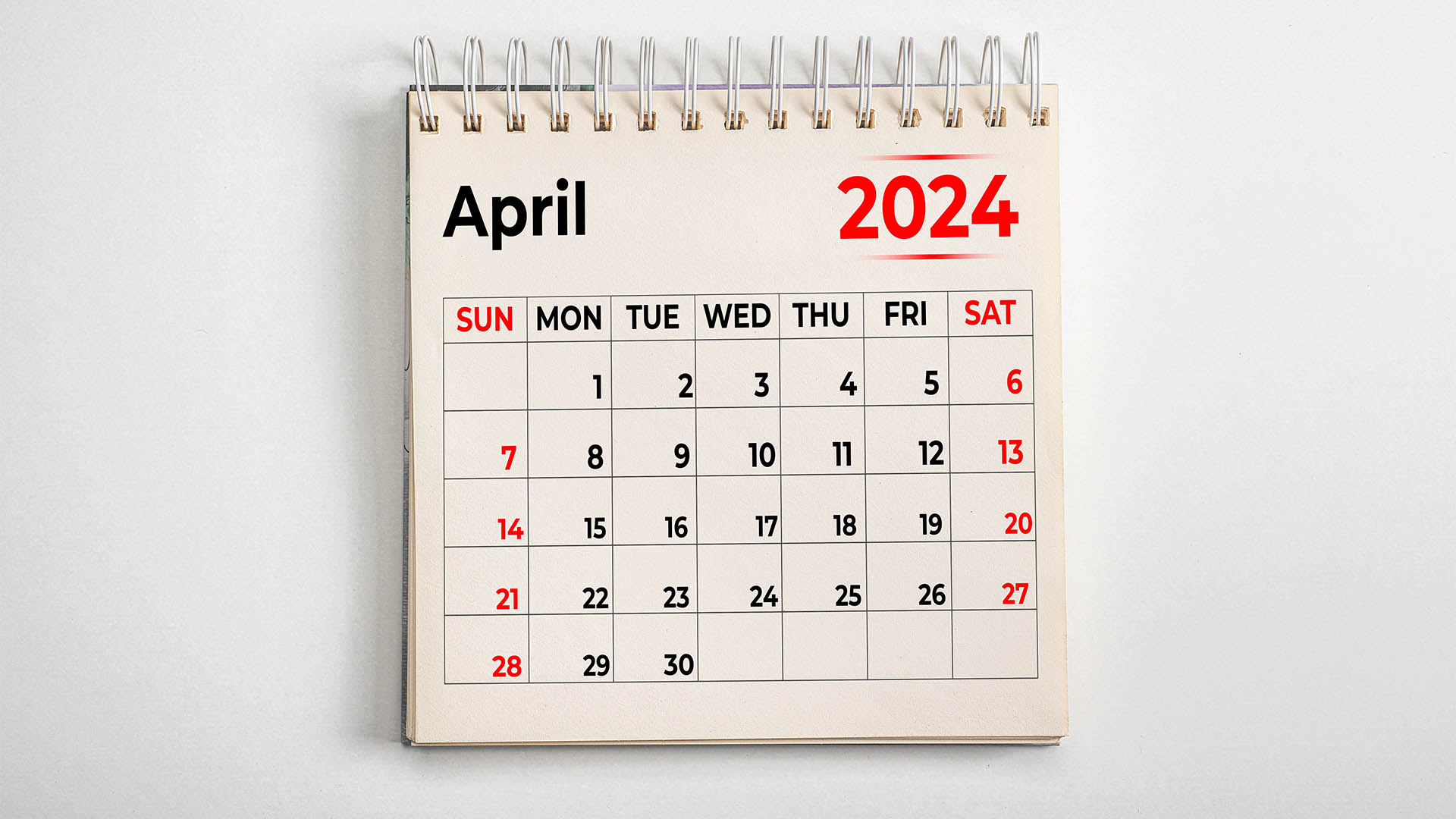Dr Shane Oliver, Head of Investment Strategy & Chief Economist at AMP, discusses the cash rate.
Key points
- The RBA left its cash rate on hold at 4.1% for the second month in a row.
- This was in line with our own view where we thought it was a close call, but that the RBA would opt to leave rates on hold given the weaker than expected inflation and retail sales data last week. Economists surveyed by Bloomberg were split with 12 looking for no change and 18 looking for a 0.25% hike.
- The decision to hold makes sense given the faster than expected fall in inflation and the now high risk of recession.
- While the RBA retained its tightening bias given still high inflation and the still tight labour market, it remains data dependent and we know that Governor Lowe softened its tightening bias in a speech a few weeks ago.
- We think that the RBA has already done enough, so we are either at or very close to the top for interest rates.
- Through next year we see the RBA cutting rates.
The continuing pause in rate hikes comes after the biggest interest rate hiking cycle (of 400 basis points over 14 months) since the late 1980s. While rates went up more in 1988-89, household debt to income ratios then were about one third of current levels and inflation expectations were much higher so it took more to slow the economy down, although at the time the RBA still went too far and tipped the economy into recession. The risks to the household sector are higher now because of higher household debt levels.

Source: RBA, AMP
In leaving the cash rate on hold at 4.1%, the RBA noted again that: interest rates have already been increased by 4%; higher rates are working to establish a “more sustainable balance between supply and demand”; uncertainty remains high, and staying on hold provides further time to assess the outlook.
When combined with last week’s lower than expected inflation and retail sales data, and little in the way of significant change to the RBA’s key economic forecasts the decision to hold again was sensible. In particular, the RBA noted that recent data are consistent with inflation returning to target by 2025. (We think it will be earlier.)
On the hawkish side the RBA remains concerned that: inflation is still too high with many services prices rising briskly; the labour market remains very tight and that productivity growth needs to pick up. As such it retained its guidance that “some further tightening of monetary policy [ie rate hikes] may be required to ensure that inflation returns to target in a reasonable timeframe”. However, it also reiterated that this will depend on how the data evolves and that it will continue to look closely at the global economy, household spending, inflation and the labour market.
In particular, the RBA now appears to be giving more weight to the downside risks to the economic outlook flowing from the lags with which monetary policy impacts the economy and uncertainties around household spending.
Even though rates were left on hold, the rate hikes since April last year mean that a variable rate borrower with a $600,000 mortgage will have seen $1300 a month added to their mortgage payments. That’s an extra $15,700 a year. Even if the borrower has managed to get a 0.5% discount to their mortgage rate it would amount to an extra $13,300 which is a big hit to household spending power. Many of those on fixed rates are now starting to experience that increase this quarter in one jump.
Our view remains that the RBA has already done more than enough to slow the economy in order to bring inflation back to target. Rate hikes normally impact the economy with up to a one-year lag. This time around the lag has likely been lengthened by savings buffers built up through the pandemic, the reopening boost, more than normal home borrowers locking in at 2% of so fixed mortgage rates in the pandemic and the highly competitive mortgage market which has meant that actual mortgage rates paid on outstanding mortgages have gone up by less than the cash rate. However, these protections are likely now wearing off particularly with many fixed rate mortgages resetting to mortgage rates that are three times their initial fixed rate and banks becoming more focussed on maintaining their profit margins.
We are now seeing increasing evidence that rate hikes are biting with falling real retail sales, a sharp fall in building approvals, slowing business investment, slowing GDP growth, more negative corporate commentary, rising insolvencies, indications of a slowing jobs market along with a faster than the RBA expected fall in inflation. As a result of ongoing rate hikes, the risk of recession in the next year is now very high. Consumer spending is almost certain to start going backwards later this year as the 4% plus cash rate is pushing debt servicing costs into record territory as a share of household income and on the RBA’s analysis 15% of households with a variable rate mortgage (about 1 million people) will be cash flow negative by year end at a 3.75% cash rate & we are now well beyond this.
At the same time our Australian Inflation Indicator continues to point to a further rapid fall in inflation ahead.

Source: Bloomberg, AMP
Continuing to raise interest rates will only add to the already very high risk of unnecessarily knocking the economy into recession. At the very least the economy is likely to have slowed substantially by year end or early next year with unemployment starting to rise faster than the RBA is allowing for.
Given the lags involved and the increasing signs that the monetary tightening is working it makes sense for the RBA to sit back and exercise patience over the next few months so it can better assess the impact of the rate hikes.
While the risks for interest rates are still on the upside, those risks have become a lot more balanced now and future moves will be more data dependent. We think that the cash rate is either at or very close to the top.
And we are continuing to allow for four rate cuts through 2024 starting in February as the economy and inflation slows further.
Ends
Important note: While every care has been taken in the preparation of this document, neither National Mutual Funds Management Ltd (ABN 32 006 787 720, AFSL 234652) (NMFM), AMP Limited ABN 49 079 354 519 nor any other member of the AMP Group (AMP) makes any representations or warranties as to the accuracy or completeness of any statement in it including, without limitation, any forecasts. Past performance is not a reliable indicator of future performance. This document has been prepared for the purpose of providing general information, without taking account of any particular investor’s objectives, financial situation or needs. An investor should, before making any investment decisions, consider the appropriateness of the information in this document, and seek professional advice, having regard to the investor’s objectives, financial situation and needs. This document is solely for the use of the party to whom it is provided. This document is not intended for distribution or use in any jurisdiction where it would be contrary to applicable laws, regulations or directives and does not constitute a recommendation, offer, solicitation or invitation to invest.














